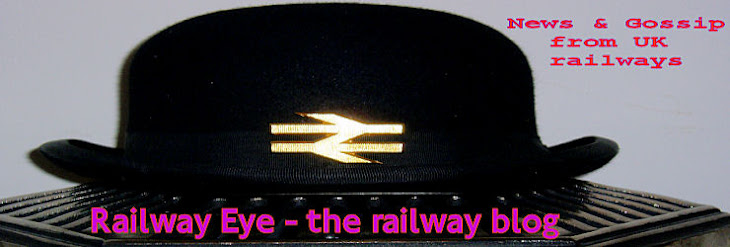This from Captain Deltic....
1950s innovation - The new Fell diesel locomotive:
The use of a number of main propelling engines having the required torque characteristics has certain advantages as compared with the use of one main engine:-
- Increased dependability as the locomotive can proceed at reduced speed even if all but one of the main propelling engines are out of action.
- The individual engines can be of a higher speed type and therefore lighter and more compact.
- As a consequence of "2," the engines themselves and their component parts are, for a given power output, lighter and therefore more easily and more rapidly handled for replacement or repairs.
This newest member of the TRAXX locomotive platform, with its highly innovative diesel propulsion is designed for locomotive-hauled passenger and freight transportation throughout Europe. Its use of four rugged, heavy-duty industrial diesel engines in place of a single large diesel motor provides operators with key advantages. The locomotive already fulfills the new stringent EU Stage IIIB emissions standard thanks to proven and highly efficient diesel engines. Compared to single-engine diesel locomotives, it markedly reduces fuel consumption, exhaust emissions and life-cycle costs. Using standard diesel engines produced in very large series, this new TRAXX DE locomotive builds a bridge to a multitude of other industrial applications with the same engine. This assures spare parts availability and diesel engine support thanks to the large quantity of engines installed and the established service capabilities in the market. The diesel engines are configured in a modular assemblies allowing modification and upgrades over the lifetime of the locomotive. They can be upgraded to meet potential new emission standards and requirements in the future. The exchangable diesel modules contribute markedly to lower costs for maintenance, future upgrades and overhaul. This is due to smaller and lighter exchangeable components, the easy accessability of spares, the ease of repair and the resulting shorter locomotive downtimes. In addition, mission reliability is substantially increased thanks to the redundant configuration with four diesel engines. With the multi-engine concept the locomotive maintains full tractive effort also if a reduced number of diesel engines are in operation. By shutting down engines during idling and at low power demand, this key feature reduces fuel 2/4 and lube oil consumption. "The locomotives can be operated with one to four engines as needed, providing optimum power for each specific situation.
Nothing new under the sun. But write ups were a bit more succinct in those distant days.
UPDATE: This from a Mr David Shipley of CSRE...
I'm sure Bombardier didn’t emulate the idea for multi-engine technology from the erstwhile Fell diesel.
However, they can’t have failed to notice that CSRE have been promoting this concept for more than three years in our Polaris product family, which also utilises four diesel engines.





